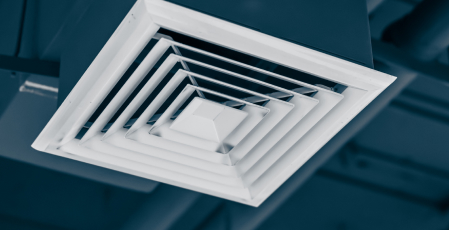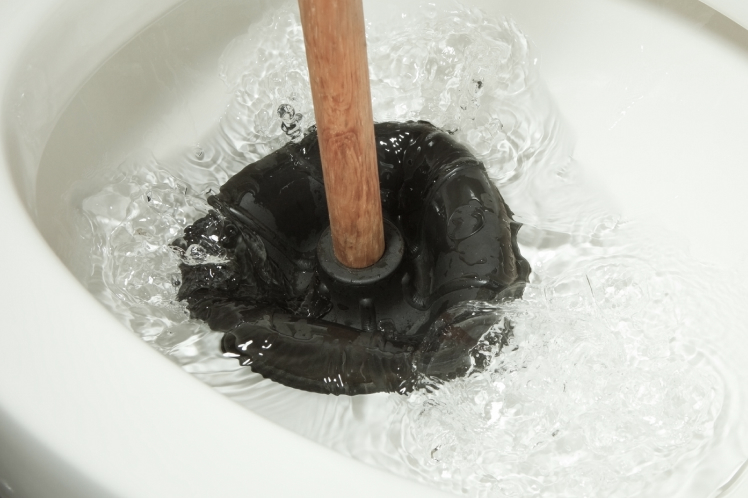Many electrical problems that cause accidents are avoidable, and that’s why RCD safety switches have become one of the smartest protections for Australian homes.
Electricity makes modern life possible, but it also carries risks, and that’s where RCD safety switches come in. They’re life-saving devices designed to protect you and your family when things go wrong.
If you’ve been wondering, ‘What is a safety switch?’, we’ll break it down clearly so you’re fully informed about how it works.
What Is a Safety Switch?
So, what is a safety switch? A safety switch is like your home’s guard. If electricity escapes through faulty wiring or an appliance, it trips fast to keep you safe. Here’s the part that confuses people: safety switches are not the same as circuit breakers or fuses.
- Fuses are devices that melt when circuits overheat.
- Circuit breakers stop power when there’s an overload or short circuit, protecting your wiring and appliances.
- Safety switches (RCDs) protect people. They’re built specifically to prevent electric shock.
If you’re trying to spot the difference on your switchboard, look for the little button. That’s the sign that you’re looking at a safety switch RCD.
How Does an RCD Safety Switch Work?
As mentioned briefly in the previous section, the way an RCD works is pretty clever, and it’s worth a closer look. Imagine electricity like water flowing through a hose. The amount coming out should always match the amount going back in. If water starts leaking out, you know there’s a problem. Electricity behaves in much the same way.
An RCD safety switch compares the flow in the active and neutral wires. The moment it detects a leak, as little as 30 milliamps, it knows electricity has gone somewhere it shouldn’t. That could mean someone touched a faulty toaster or drilled into a hidden cable in the wall. The safety switch trips, cutting the power in less than 0.03 seconds, which can save a life.
The RCD’s speed is what makes it such a powerful protection tool. It doesn’t give the current a chance to do damage.
Why Every Home Needs Safety Switches
- Electrocution is one of the most serious risks in any home. Safety switches are proven to reduce that risk dramatically.
- Small leaks in wiring can heat up and ignite materials around them. Safety switches cut the power before that happens.
- Under the AS/NZS 3000 Wiring Rules (2018, with 2019 amendments), safety switches (RCDs) are compulsory.
One switch is better than none, but ideally, you should have one on every circuit. That way, no matter where a fault occurs, you’re protected.
What to Expect When Installing a Safety Switch
- First, a licensed electrician takes a good look at your switchboard and wiring. This helps them understand your setup and spot any issues that might need attention before the new RCD goes in.
- Then, the electrician installs the safety switch. Depending on the age and condition of your system, this might include some rewiring to make sure everything’s up to standard.
- After installation, the switch is tested to confirm it trips exactly the way it should when there’s a fault. This is where the fast protection really proves itself.
- When everything checks out, you’ll be issued a compliance certificate. It’s official confirmation that the work meets Australian electrical safety standards.
- Before wrapping up, your electrician will show you how to use the button and explain how often you should check it. That way, you’ll feel confident about keeping your safety switch in good condition.
Most jobs are finished in a few hours. If your switchboard is modern, it’s simple. If it’s older, the process can take longer because upgrades could be required.
Maintaining and Testing Your Safety Switch
To make sure your RCD works when you need it, you have to maintain it. Every three months, press the button on the switchboard. The safety switch should trip and cut the power. Reset it afterwards. This quick check gives you confidence that the device is doing its job.
If your safety switch is tripping frequently, don’t ignore it. That’s a sign of a fault, maybe in your wiring, maybe in an appliance. Call an electrician to check it out.
On top of that, it’s smart to have a licensed electrician perform an inspection every two years. If the safety switch is more than 10–15 years old, or if it fails the test, it should be replaced straight away. Regular inspections make sure your RCD stays ready to protect your home when it matters most.
Conclusion: Why Installing an RCD Is Worth It
The real value of a safety switch is in the protection it provides. At 24 Hour Trade Services, we’ve seen first-hand what happens when homes don’t have RCDs. Electrical fires, serious shocks, damaged appliances, it’s not worth the risk. Installing safety switches is one of the smartest, simplest steps you can take to improve the safety at home. Call us at 1300 229 897 or submit our online form to keep your home safe.
















